Vea esta publicación en español.
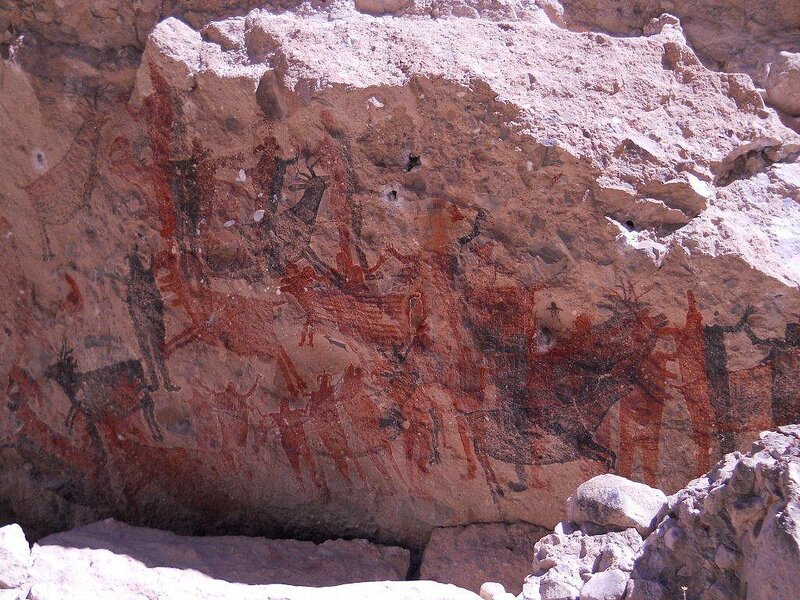
The Sierra de San Francisco archeological site, located in the central part of Mexico's Baja California peninsula, has a set of rock paintings belonging to what is known as the Great Mural, a pictorial tradition that experts consider to be one of the greatest in the world. It is estimated that these paintings were made at least 7,500 years ago, amid canyons in the area's majestic mountains.
This photograph shows a group of images in the "La Pintada" cave, located on a cliff nearly 200 feet above the bottom of a ravine. La Pintada is more than 550 feet long and its large mural is almost entirely decorated with hundreds of images of human figures wearing strange headdresses and bearing long spears and arrows painted black and ochre tones; different animals are also portrayed.
In 1993, UNESCO designated the rock paintings of Sierra de San Francisco a World Heritage Site.
This photograph is courtesy of Ecoturismo Kuyimá.







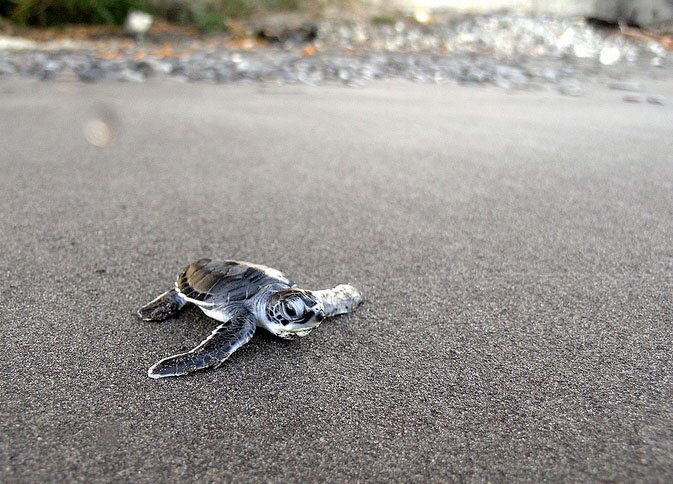

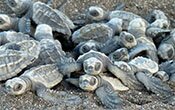
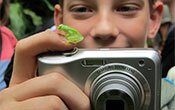
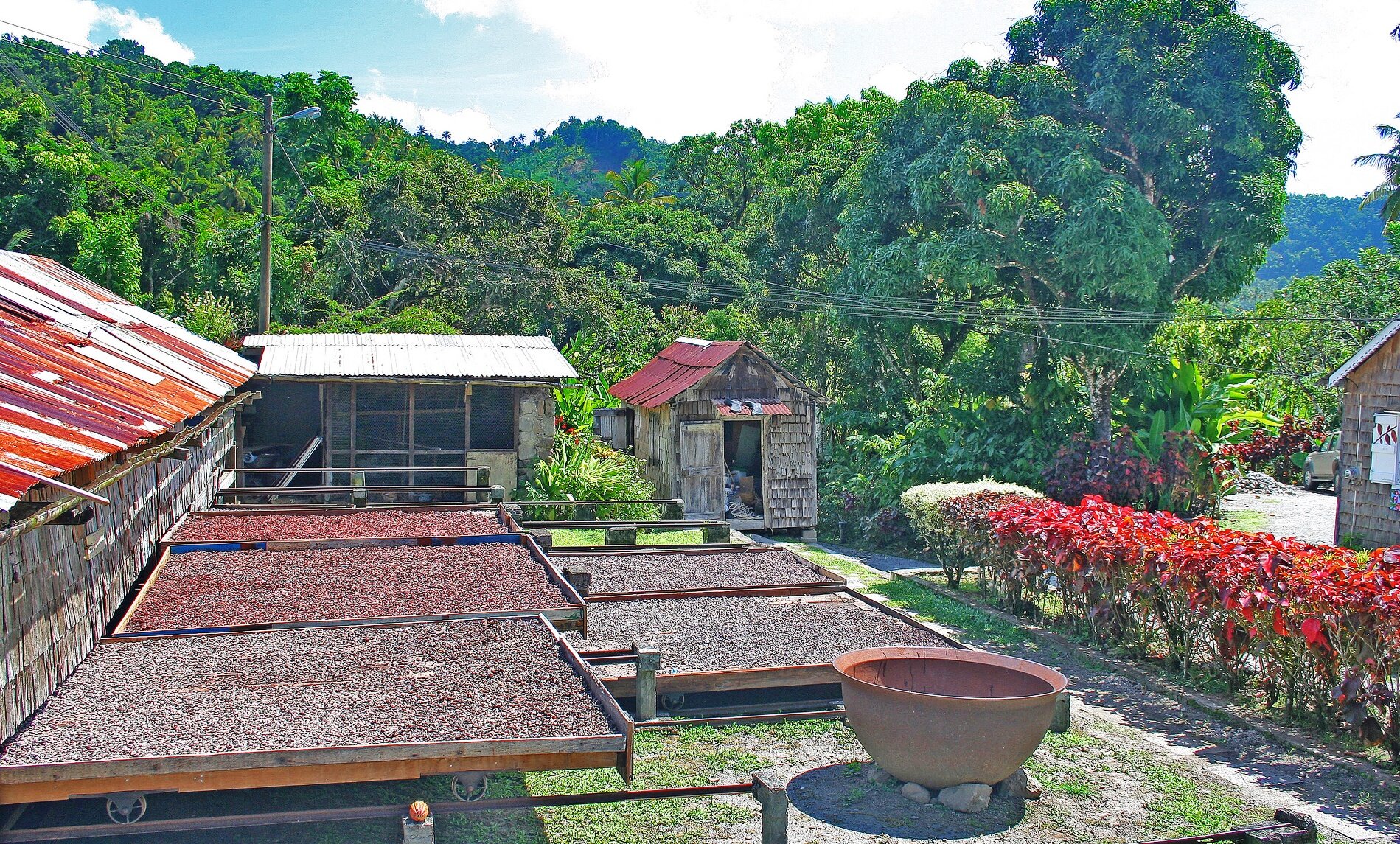
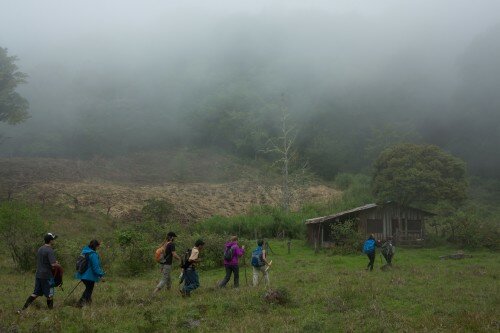
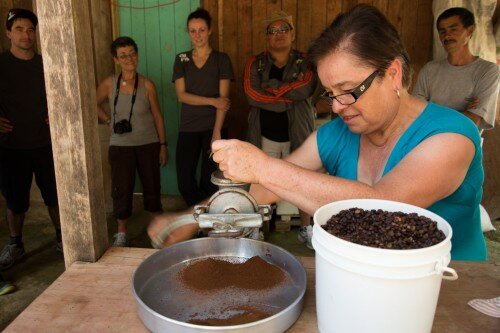
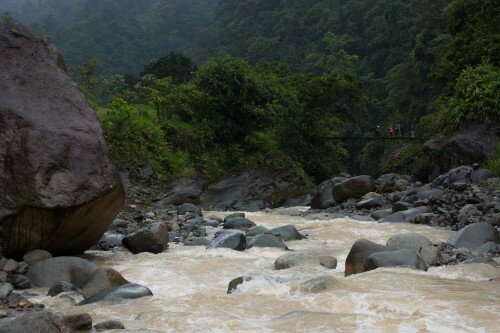
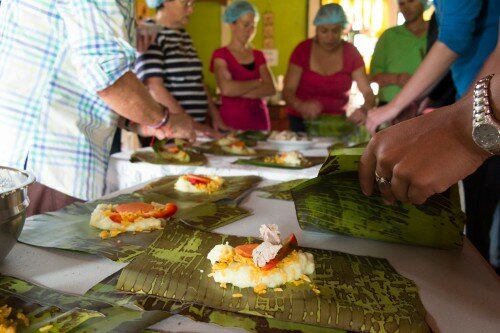
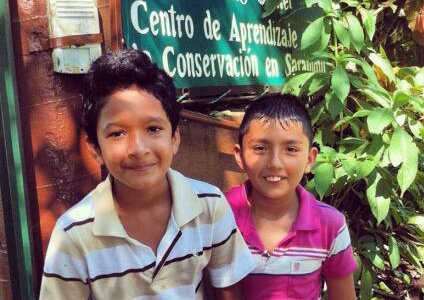
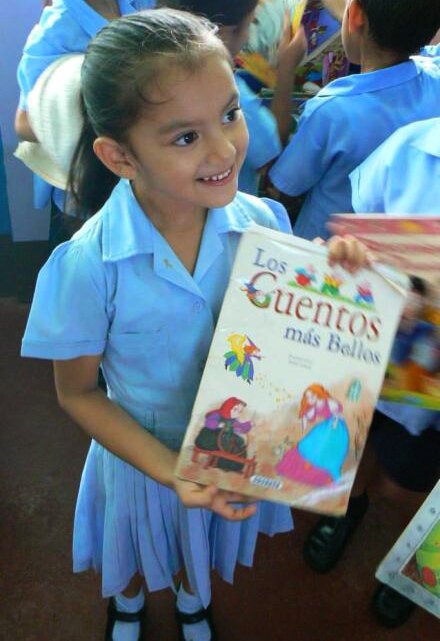
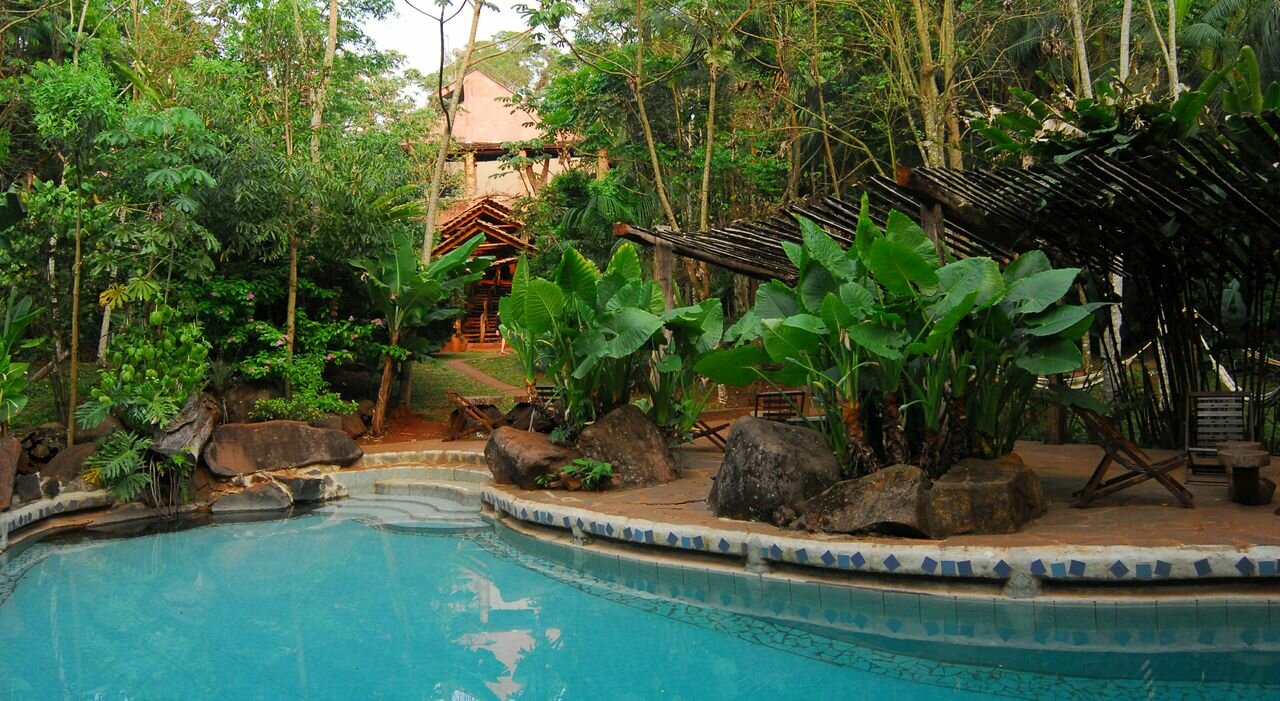
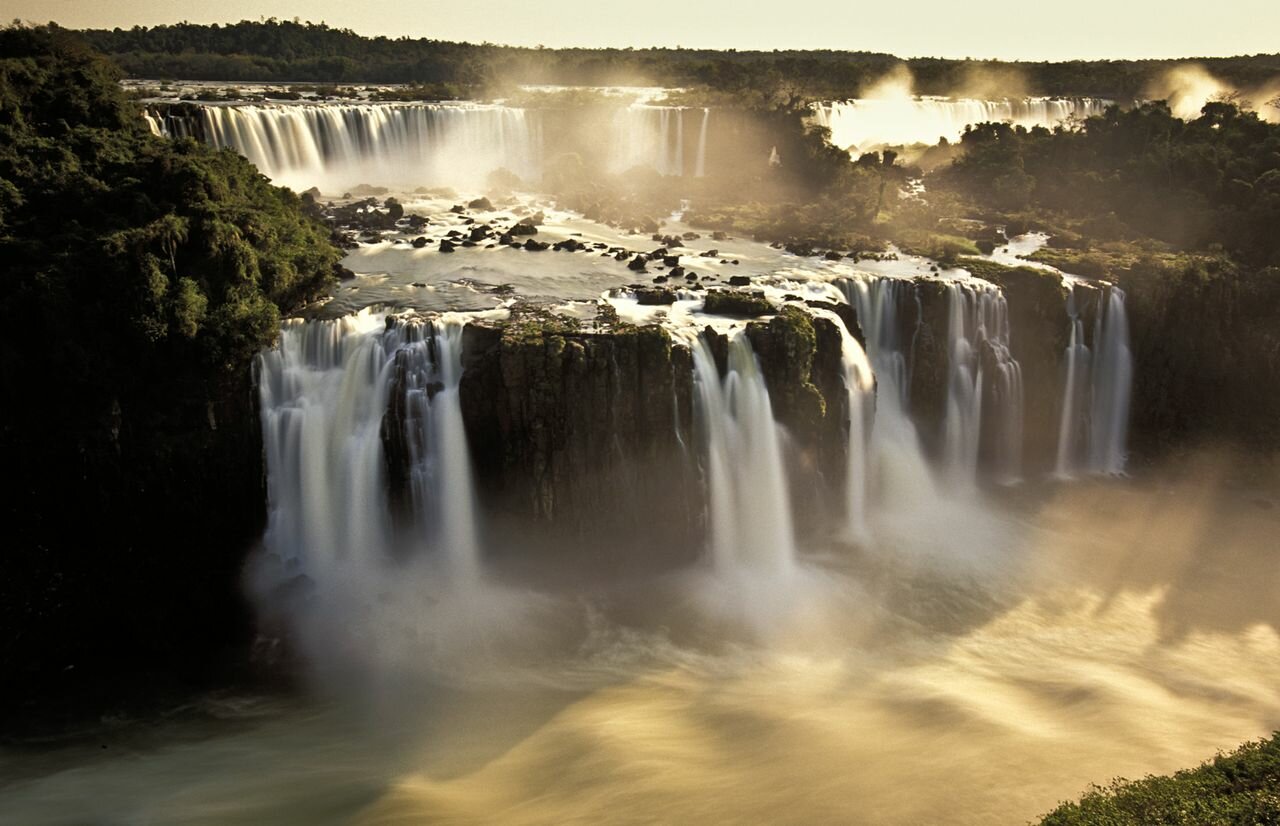

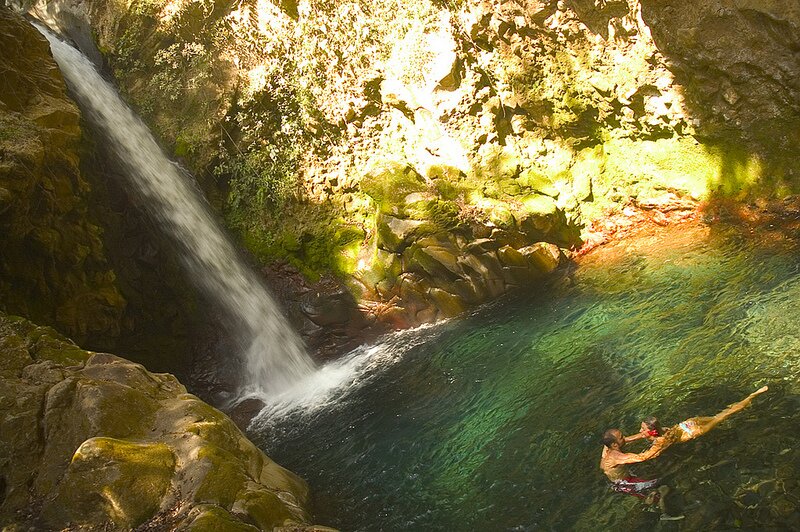
.jpg)

